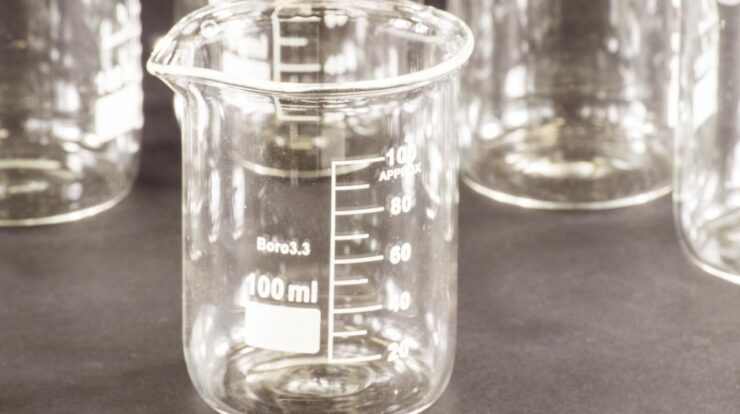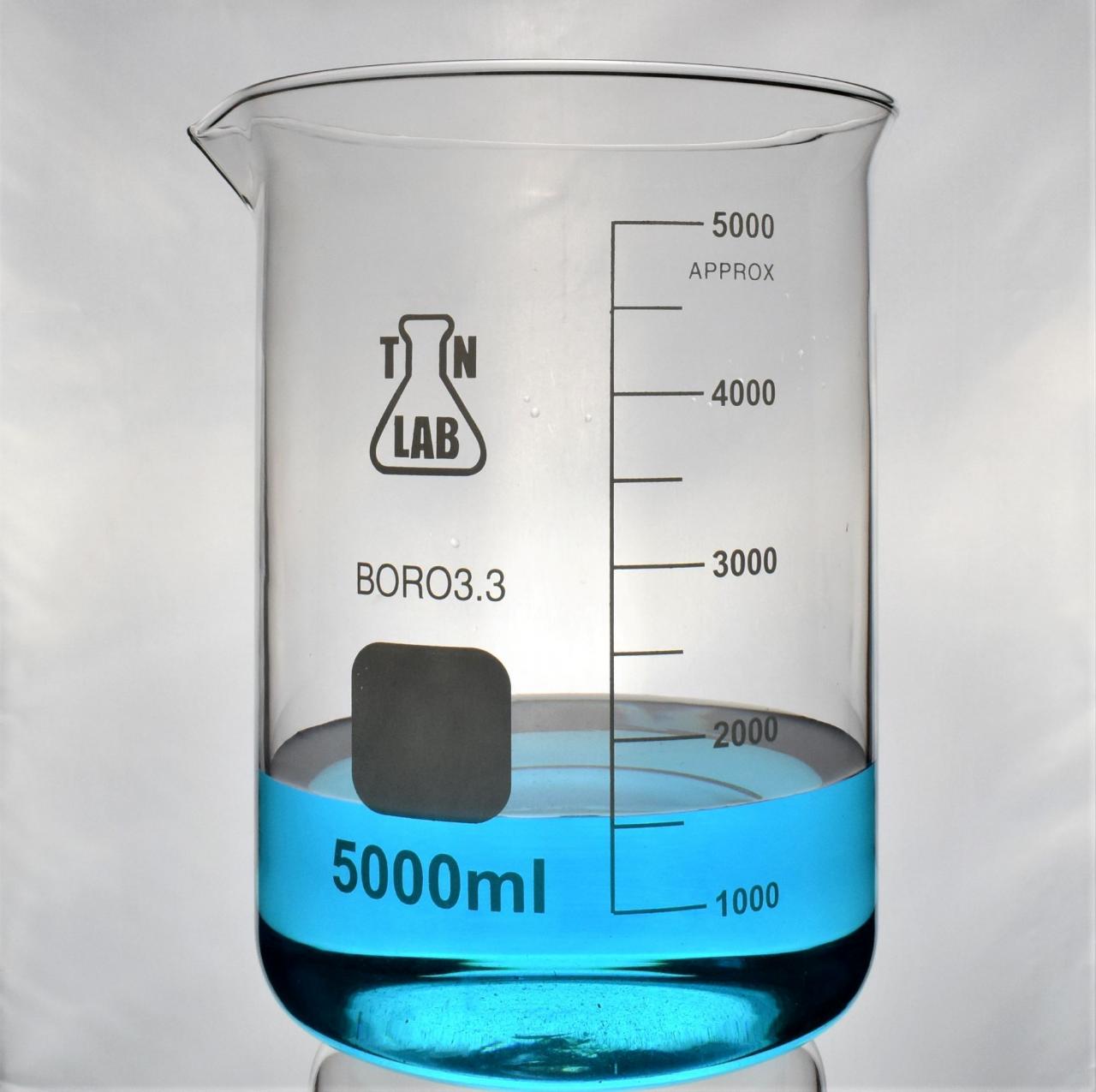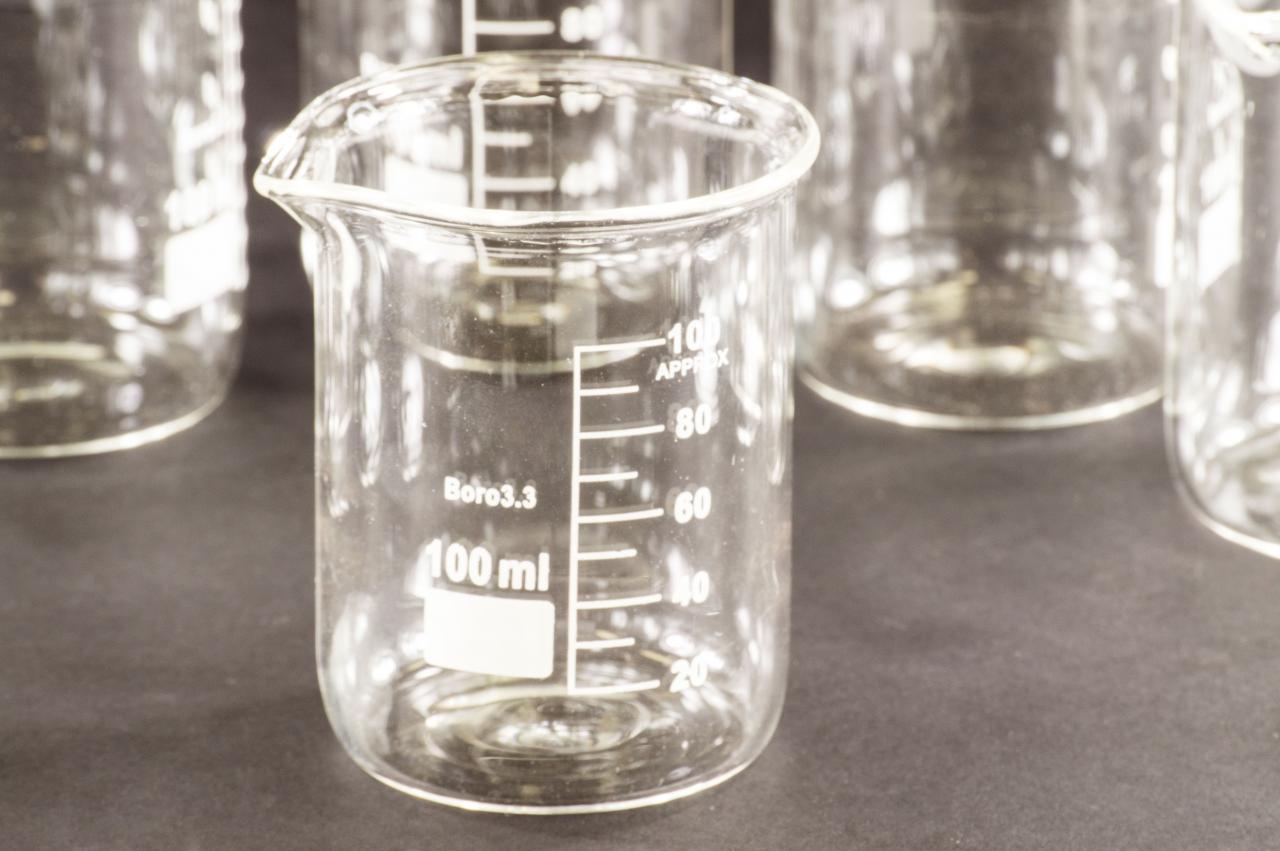
Beaker meaning delves into the fascinating world of laboratory glassware, exploring the history, characteristics, uses, and safety considerations of this indispensable tool. From its humble beginnings to its versatile applications in scientific research and industry, the beaker stands as a testament to human ingenuity and the pursuit of knowledge.
Beakers, characterized by their cylindrical shape, sturdy construction, and precise graduations, have become ubiquitous in laboratories worldwide. Their ability to withstand heat, chemicals, and mechanical stress makes them ideal for a wide range of tasks, from mixing and measuring liquids to heating and cooling solutions.
Beaker Meaning
A beaker is a common laboratory glassware used for mixing, measuring, and heating liquids. It is a cylindrical container with a flat bottom and a spout for pouring. Beakers are typically made of glass, but they can also be made of plastic or metal.
Etymology of Beaker: Beaker Meaning

The term “beaker” comes from the Middle English word “bekere,” which means “drinking cup.” The word “bekere” is derived from the Old English word “becher,” which also means “drinking cup.” The first beakers were used as drinking vessels, but they were eventually adopted for laboratory use.
Definition and Characteristics of Beakers
A beaker is a laboratory glassware used for mixing, measuring, and heating liquids. It is a cylindrical container with a flat bottom and a spout for pouring. Beakers are typically made of glass, but they can also be made of plastic or metal.
Beakers are available in a variety of sizes, from small beakers with a capacity of a few milliliters to large beakers with a capacity of several liters. The most common size beaker is the 100-mL beaker.
Beakers are also available in a variety of shapes. The most common shape is the Griffin beaker, which has a straight-sided body and a flat bottom. Other shapes include the Berzelius beaker, which has a tapered body, and the Erlenmeyer beaker, which has a conical body.
Materials and Construction of Beakers
Beakers are typically made of glass, but they can also be made of plastic or metal. Glass beakers are the most common type of beaker. They are made from borosilicate glass, which is a type of glass that is resistant to heat and chemicals.
Plastic beakers are less common than glass beakers. They are made from a variety of plastics, including polypropylene and polyethylene. Plastic beakers are lighter and less expensive than glass beakers, but they are not as resistant to heat and chemicals.
Metal beakers are the least common type of beaker. They are made from a variety of metals, including stainless steel and aluminum. Metal beakers are more durable than glass or plastic beakers, but they are also more expensive.
Uses of Beakers in Various Fields
Beakers are used in a variety of fields, including chemistry, biology, and environmental science. In chemistry, beakers are used for mixing, measuring, and heating liquids. In biology, beakers are used for preparing and storing solutions. In environmental science, beakers are used for collecting and analyzing water samples.
Beakers are also used in a variety of industrial and commercial settings. For example, beakers are used in the food and beverage industry for mixing and measuring ingredients. Beakers are also used in the pharmaceutical industry for preparing and storing solutions.
Safety Considerations When Using Beakers
Beakers can be hazardous if they are not used properly. The following safety precautions should be taken when using beakers:
- Always wear safety goggles when using beakers.
- Never heat a beaker that is more than half full.
- Never place a beaker directly on a heat source.
- Always use a beaker holder when heating a beaker.
- Never pour hot liquid into a cold beaker.
- Always dispose of broken beakers properly.
Alternative Laboratory Equipment to Beakers, Beaker meaning
There are a number of alternative laboratory equipment that can be used for similar purposes as beakers. These include:
- Flasks
- Test tubes
- Graduated cylinders
Flasks are similar to beakers, but they have a narrower neck. This makes them ideal for tasks such as titration and distillation. Test tubes are small, cylindrical containers that are used for holding small amounts of liquid. Graduated cylinders are used for measuring liquids.
They are calibrated with a scale that indicates the volume of liquid in the cylinder.
End of Discussion

In conclusion, beakers are not merely laboratory tools but symbols of scientific inquiry and discovery. Their versatility, durability, and ease of use have made them indispensable in various fields, from chemistry and biology to food processing and manufacturing. Understanding beaker meaning not only enhances our appreciation for this essential piece of equipment but also highlights the significance of precision and safety in scientific endeavors.
FAQ Compilation
What is the primary use of a beaker?
Beakers are primarily used for mixing, measuring, and heating liquids in laboratory settings.
What materials are beakers typically made of?
Beakers are commonly made of glass, plastic, or metal, each with its own advantages and disadvantages.
What are the safety considerations when using beakers?
Beakers can pose thermal, chemical, and mechanical hazards. Proper handling, storage, and disposal are crucial to ensure safety.





